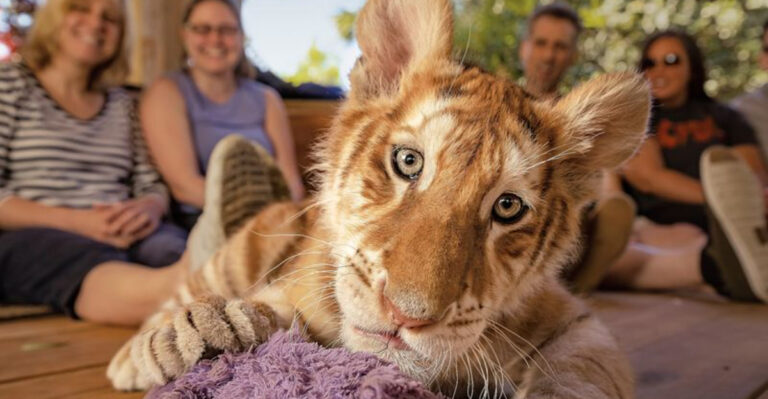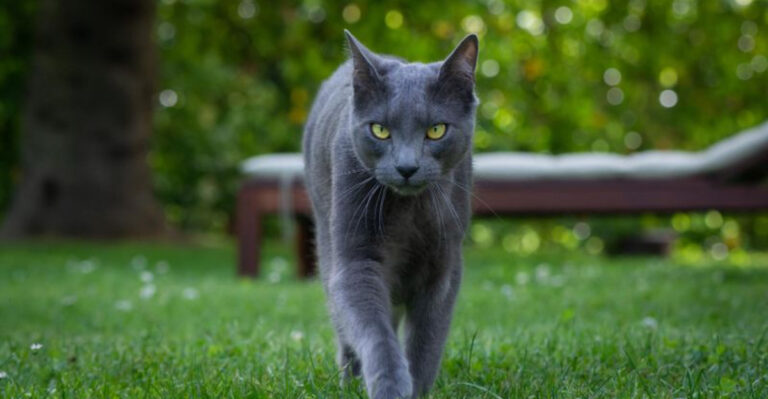14 Must-Know Tips Before Adding Another Cat To Your Feline Family
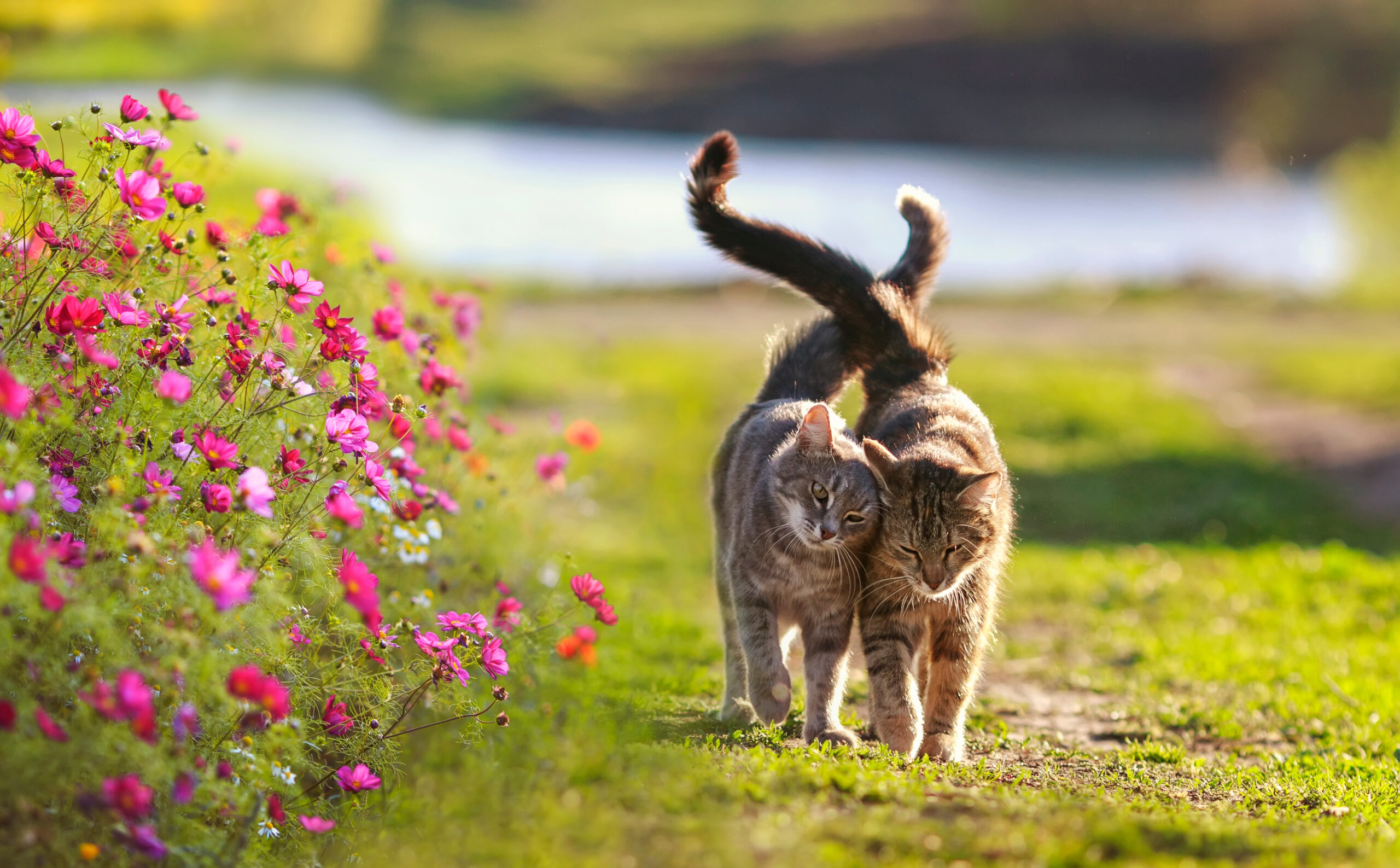
Expanding your feline family is an exciting decision that requires thoughtful preparation. Cats, with their distinct personalities and preferences, can react differently to new additions.
Creating a harmonious multi-cat household involves understanding their social dynamics and needs. To ensure a smooth transition, it is crucial to consider several aspects ranging from health checks to environmental enrichment. Here, we share essential tips that will help you assimilate a new cat into your home successfully.
1. Understand Each Cat’s Personality

Before introducing a new feline friend, take time to understand the personality of both your current and new cats. Cats have unique temperaments – some are more sociable, while others prefer solitude. This understanding helps in forming expectations and preparing for possible interactions.
Consider observing how your existing cat reacts to strangers or other pets. A friendly and outgoing cat may adapt more easily to a newcomer than a shy or territorial one. On the other hand, a timid cat might need more time and patience to adjust.
Noticing these traits can guide you in creating a harmonious environment where both cats can express themselves without stress. You may want to arrange a gradual introduction plan that respects the comfort levels of each cat.
This approach ensures that your home remains a peaceful haven for your feline companions.
2. Health Checkups Are Crucial

Ensuring both your existing and new cats are healthy is paramount for a smooth introduction. A thorough health checkup can prevent the transmission of diseases and identify any existing health issues. Schedule a vet visit for the newcomer before their arrival at your home.
The veterinarian can provide vaccinations, deworming, and flea treatments if needed. Additionally, screening for common feline diseases like FIV and FeLV is advisable. Regular health evaluations contribute to the overall well-being of your cat family.
Keeping your cats healthy minimizes stress and fosters a positive environment for interaction. Healthier cats are more likely to display amicable behaviors, enhancing their ability to coexist peacefully.
3. Create Separate Spaces

Having separate spaces is vital when introducing a new cat to your home. This arrangement provides each cat with a secure area where they can retreat if feeling overwhelmed. Initially, allocate different rooms for your existing and new cats.
Equip these spaces with essentials like food, water, litter boxes, and comfortable resting areas. This separation helps prevent territorial disputes and allows each cat to adjust at their own pace.
Gradually, as they become familiar with each other’s scent and presence, you can allow supervised interactions. Monitoring their comfort levels during these meetings is crucial for ensuring a smooth transition to shared living spaces.
4. Familiarize Through Scent
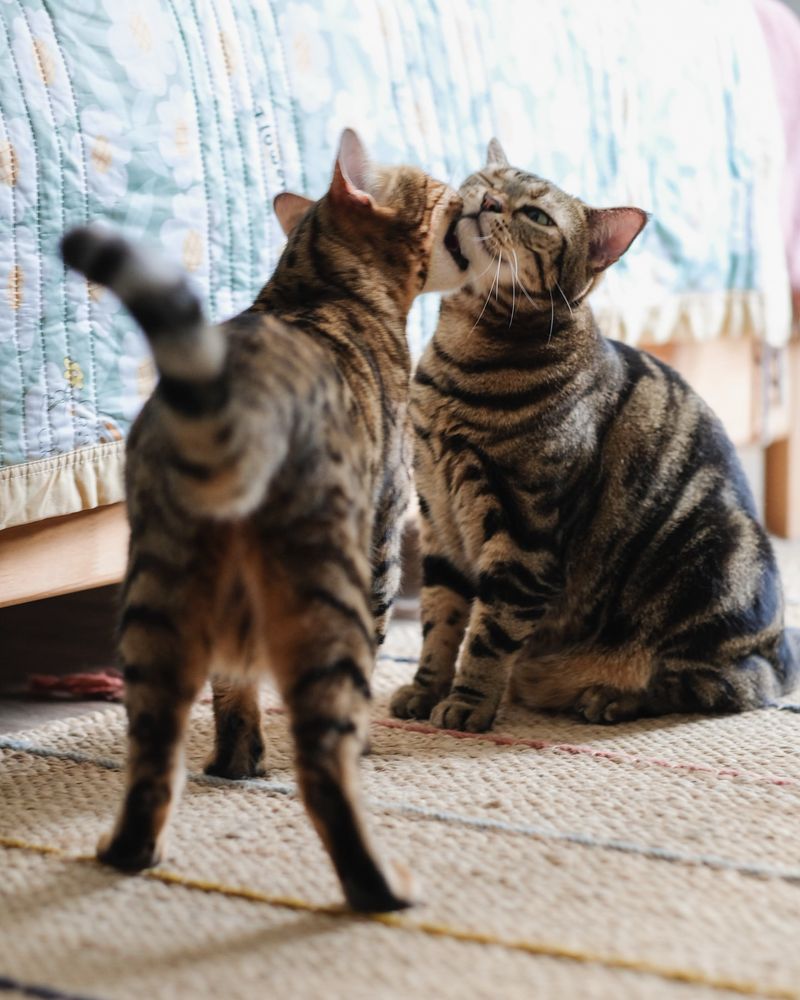
Cats communicate significantly through scent, making it an essential tool for introductions. Begin by swapping bedding or toys between the cats to familiarize them with each other’s scent. This method allows them to adjust to the presence of another cat without direct contact, reducing initial stress.
You might notice them rubbing against these items, which indicates acceptance and curiosity. Continually update the scents exchanged between the cats to maintain this acclimation process. Over time, this scent exchange can diminish hostility and pave the way for face-to-face introductions with less tension.
5. Introduce Gradually
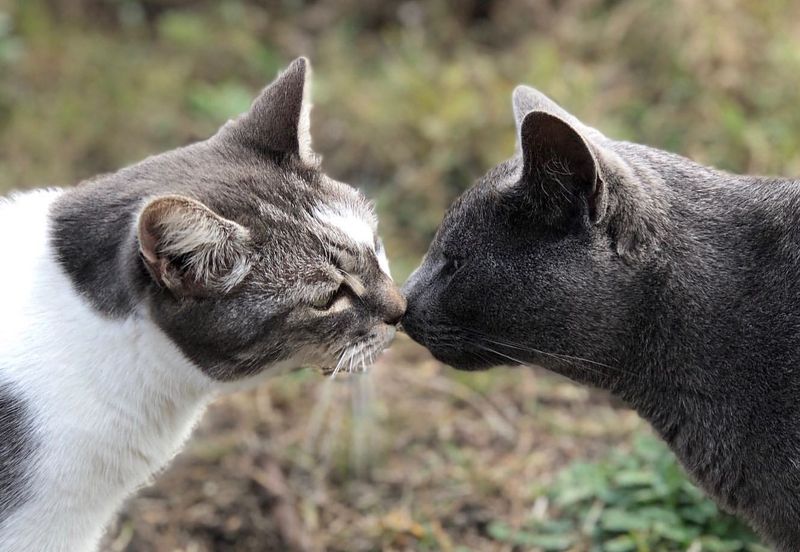
Patience is key when bringing a new cat into your home. Gradual introductions help minimize stress and prevent aggressive behaviors. Start by allowing the cats to see each other through a barrier, such as a baby gate or a slightly open door.
Observe their reactions and ensure both cats remain calm during these initial encounters. Gradually increase their exposure to each other, supervising any direct interactions closely. This slow process helps build trust and allows the cats to become accustomed to each other’s presence.
By taking small steps, you can foster a peaceful coexistence between your feline companions.
6. Monitor Their Behavior
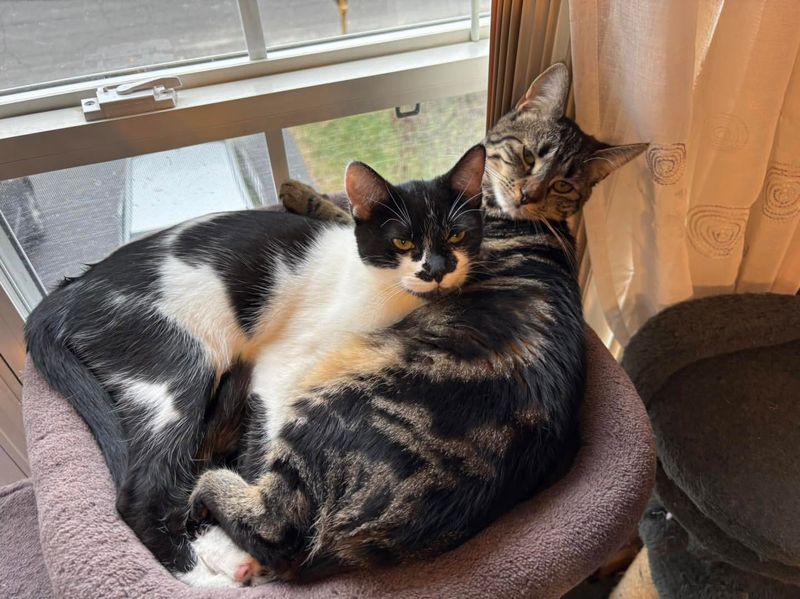
Pay close attention to the behavior of both cats during the introduction phase. Body language can tell you a lot about their comfort levels and readiness to interact. Watch for signs of aggression or fear, such as hissing, growling, or flattened ears.
On the other hand, curious sniffing or relaxed postures may indicate openness to new friendships. Regular monitoring allows you to intervene if necessary, preventing negative interactions from escalating. Your observations can guide adjustments in your introduction strategy to better accommodate their needs.
7. Provide Plenty Of Resources
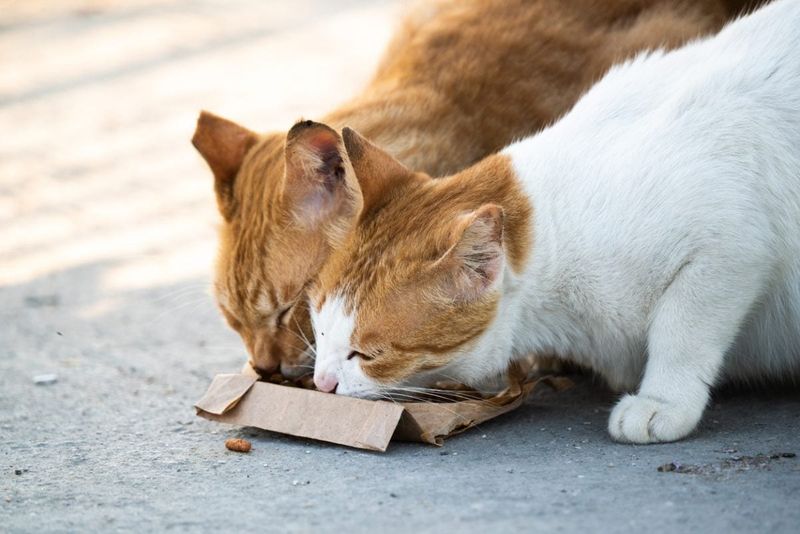
To reduce competition, ensure there are ample resources for all cats. This includes toys, scratching posts, and resting spots, which help maintain peace in a multi-cat household. Each cat should have access to fresh food and clean water daily.
Having multiple feeding stations can prevent conflicts during mealtime. Ample resources encourage healthy play and relaxation, minimizing stress and territorial behavior. By ensuring each cat has its own space and items, you foster a harmonious environment where all can thrive.
8. Respect Their Hierarchies

Cats often establish hierarchies within a household. Observing and respecting these social structures can facilitate a smoother addition of a new cat. You may notice that older or more dominant cats naturally take precedence during feeding or playtime.
Understanding these dynamics allows you to manage interactions more effectively. Respecting these hierarchies helps prevent unnecessary confrontations and fosters a balanced environment. Supporting natural social structures can lead to more amicable living arrangements among your feline family.
9. Engage In Group Play
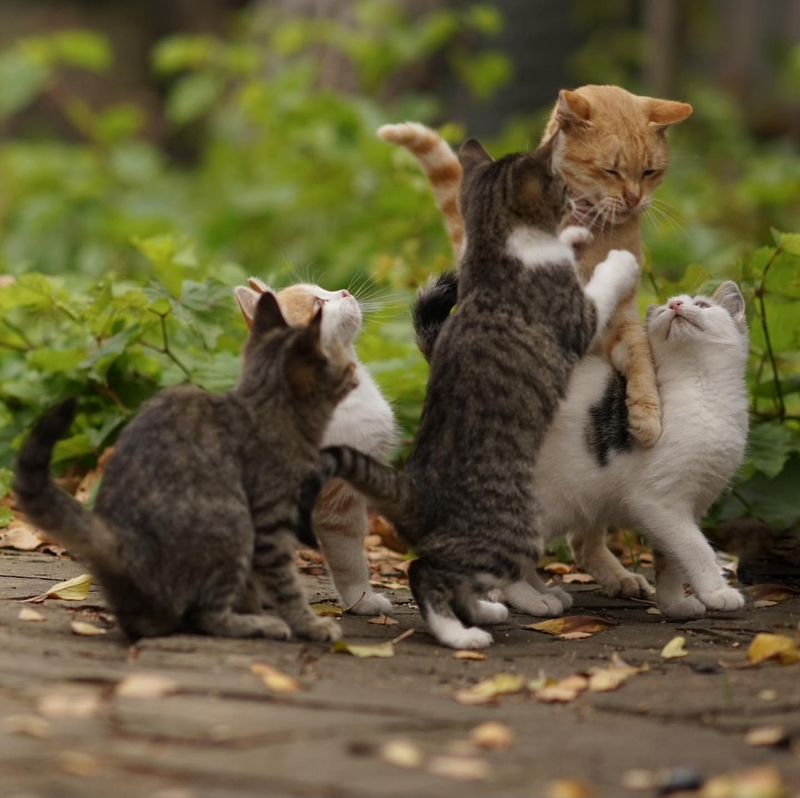
Interactive group play sessions can help foster positive relationships between your cats. Use toys that all cats can enjoy together, such as feather wands or laser pointers. These activities provide an opportunity for the cats to bond over shared enjoyment.
Be attentive to their reactions, ensuring that all cats feel included and no single cat monopolizes the play. Regular group play can reduce tension and promote camaraderie. It’s an effective way to nurture friendships while keeping your cats mentally and physically stimulated.
10. Consider Neutering

Neutering your cats can significantly impact their behavior and compatibility. It reduces territorial instincts and aggressive tendencies, facilitating smoother introductions. Discuss this option with your veterinarian to understand its benefits and timing.
Neutering can also contribute to the health of your cats by preventing certain diseases and unwanted litters. Taking this step may help in achieving a more peaceful multi-cat household. It’s a proactive measure that supports the wellbeing and harmony of your feline companions.
11. Keep Routine Consistent
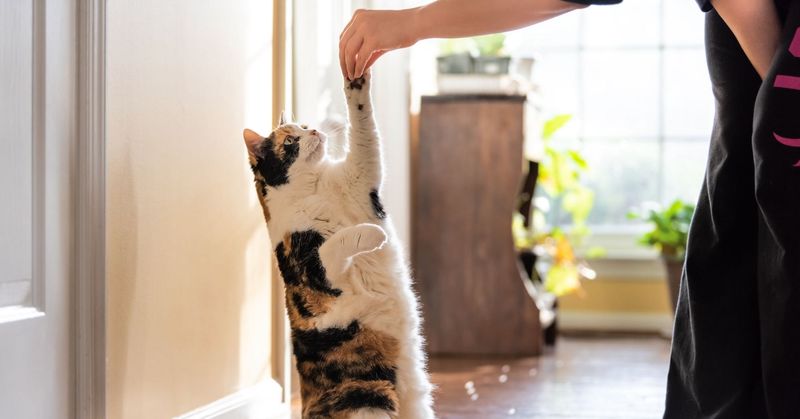
Maintaining a consistent routine can provide comfort to your cats during changes. Regular feeding times, play sessions, and quiet periods help structure their day. Consistency minimizes stress by offering a predictable environment.
This stability is especially important when introducing a new cat, as changes can be unsettling. Your effort in maintaining a routine will reassure your cats, helping them adapt more easily. A structured environment promotes a tranquil household where both current and new cats feel secure.
12. Ensure Adequate Litter Boxes
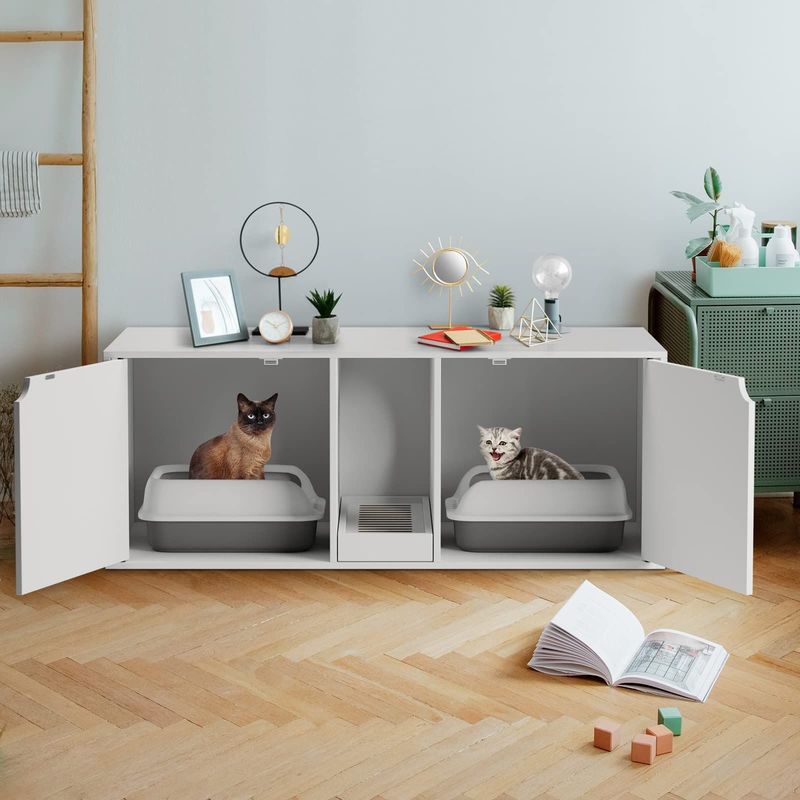
In a multi-cat home, having sufficient litter boxes is critical. The general rule is to have one more box than the number of cats.
Place litter boxes in accessible yet discreet locations to promote use. Regular cleaning is essential to maintain hygiene and encourage proper habits. Adequate litter box provision helps prevent territorial conflicts and accidents. It ensures that all cats have access to clean facilities, contributing to a peaceful cohabitation.
13. Seek Professional Help If Needed
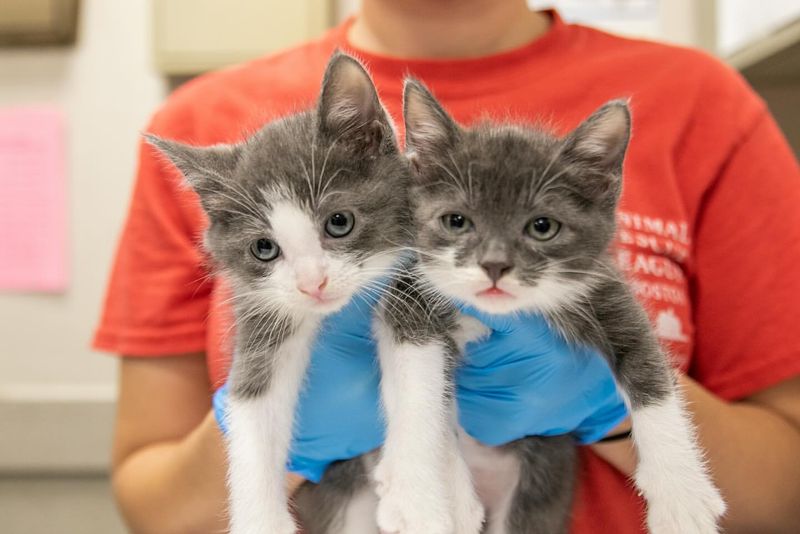
If challenges persist despite your efforts, consider consulting a professional. A cat behaviorist can provide insights tailored to your situation, suggesting effective strategies. These experts can identify subtle issues that might be overlooked and offer solutions.
Their guidance can be invaluable in resolving conflicts and fostering harmony. Seeking professional help demonstrates your commitment to achieving a balanced home. It ensures that all cats enjoy a loving and stress-free environment.
14. Celebrate Small Wins
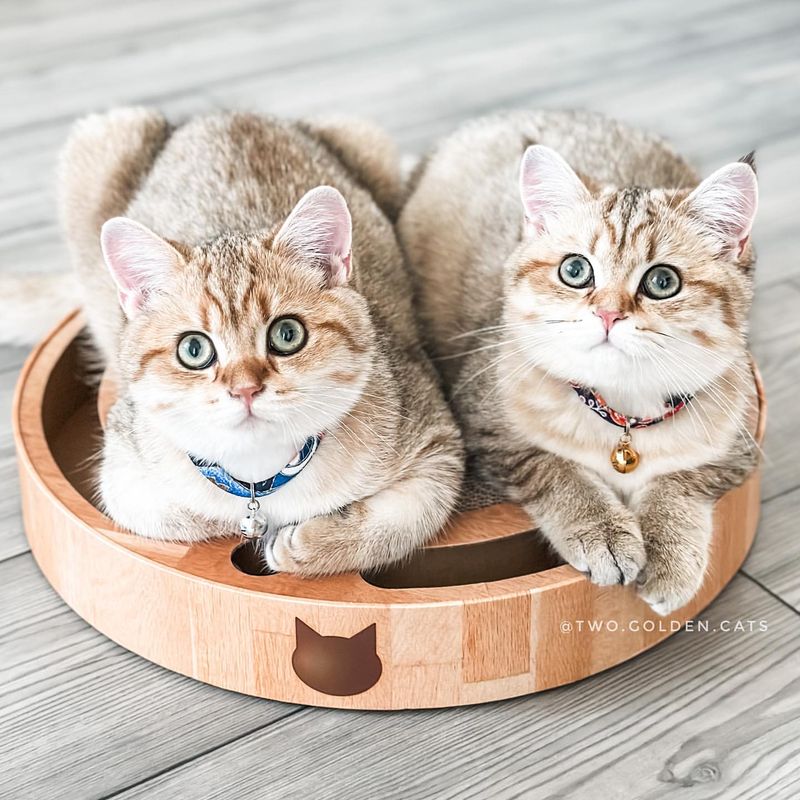
Acknowledging progress, no matter how small, is essential. Celebrate each positive interaction or sign of comfort your cats display together. Whether it’s sharing a space or playing nearby, these moments are stepping stones.
Your recognition of their progress reinforces positive behaviors and builds confidence. Celebrating victories encourages continued cooperation and peaceful coexistence. It reminds you to appreciate the journey and the joy of your growing feline family.



